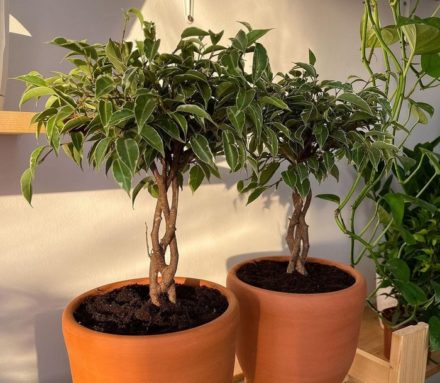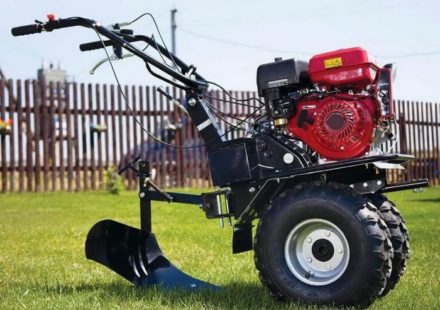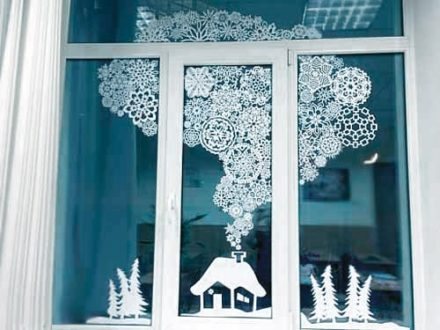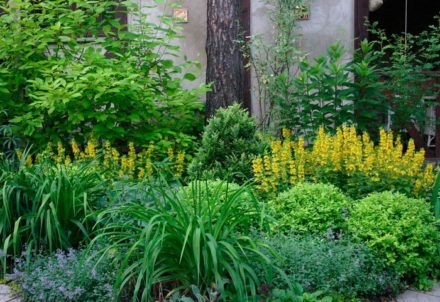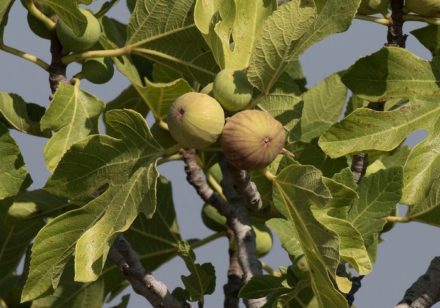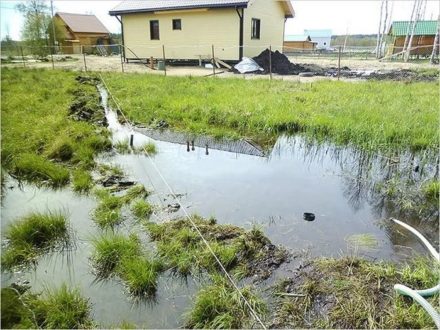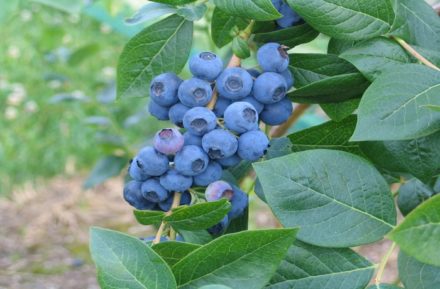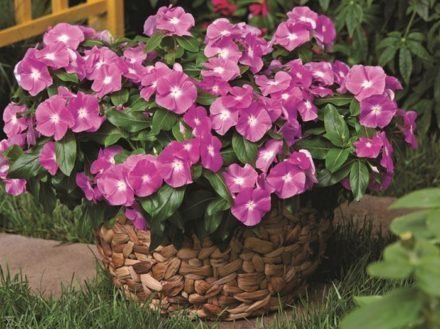Japanese culture is famous throughout the world for its special landscape design that promotes peace, contemplation and restoration of vital energy. The ability to grow miniature copies of majestic trees in their own gardens has become the main highlight of the Japanese.
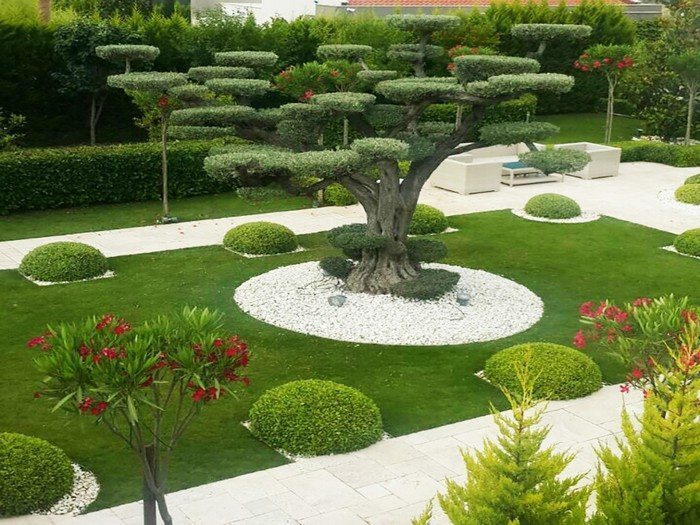
The botanical art of the Land of the Rising Sun has reached enormous development and is currently a science that includes certain formation techniques and schools. The Japanese pay special attention to bonsai - a harmonious tree with a perfect silhouette. Such a plant will become the main decoration of the site and will certainly attract the admiring glances of others.
Miniature needles
Increasingly, gardeners began to use oriental motifs to create original and exceptional gardens. Growing bonsai on the site is a labor-intensive and energy-consuming process. However, the effort will pay off in spades. After several years of proper pruning and proper care, an inconspicuous tree can turn into an asset to the site and the main reason for pride for a novice or experienced gardener.
The most brilliant and presentable look can be obtained from coniferous plants. Pine trees take on interesting shapes with ease and great pleasure, the main thing is to give them a little help. Growing a coniferous bonsai will not only decorate the area, but also develop a sense of style and taste.Mini needles in oriental style will become a special decorative decoration in oriental style.
It should be remembered that bonsai is a self-sufficient work of art that must be supplemented with harmonious elements of the composition. The created piece of nature in miniature should have smooth and streamlined outlines, and also be combined with the style of a Japanese garden.
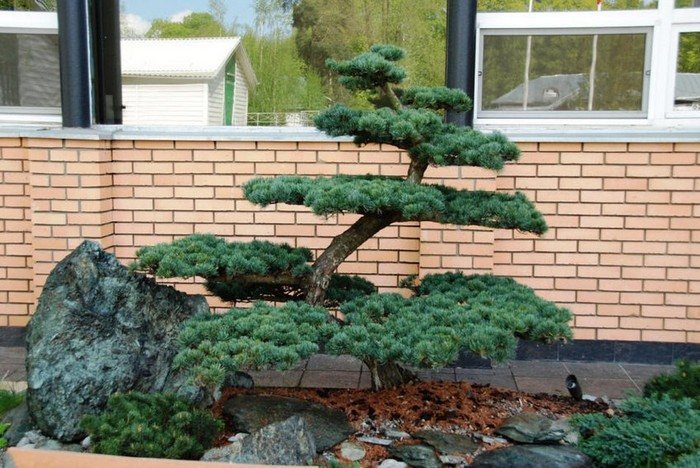
Maple bonsai
Japanese maple bonsai is an ideal option for planting on the site. Breeders have managed to develop varieties with fiery red, orange, yellow and even purple foliage. The advantage of culture is the ability to quickly adapt to environmental conditions, as well as unpretentious care.
To get a mature and mature tree, a gardener will have to spend 10–20 years. The Japanese are known for their considerable tenacity and willpower, so growing a bonsai will take a lot of time. The miniature maple will delight others with its amazing color throughout the year, changing its color from pink to green.
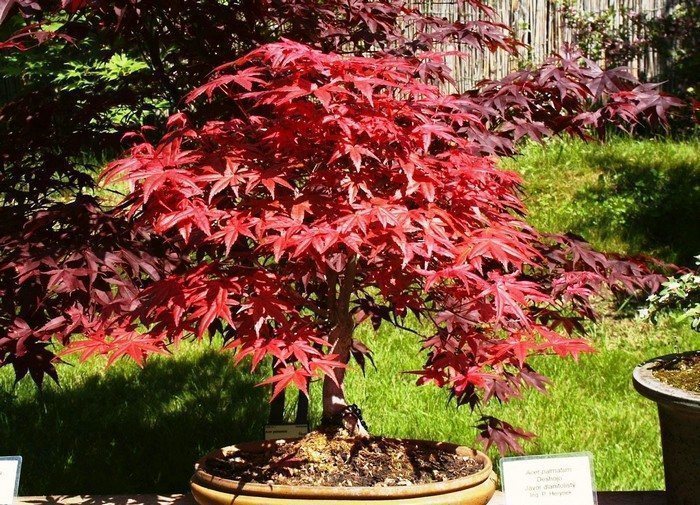
Majestic oak
It is difficult to imagine that such a majestic tree can fit under a small window and occupy a relatively small area. This crop responds well to pruning and shaping with your own hands, so it is suitable for growing bonsai. To create such a tree, it is better to choose plants with a strong trunk, as well as rough textured bark. In this case, the gardener will receive the most realistic miniature of an oak tree on his own site.
You can add accents to your bonsai using plants close to the oriental flora.For example, astilbe, saxifrage, sedum, and azorella. You can also use mosses to create a composition.
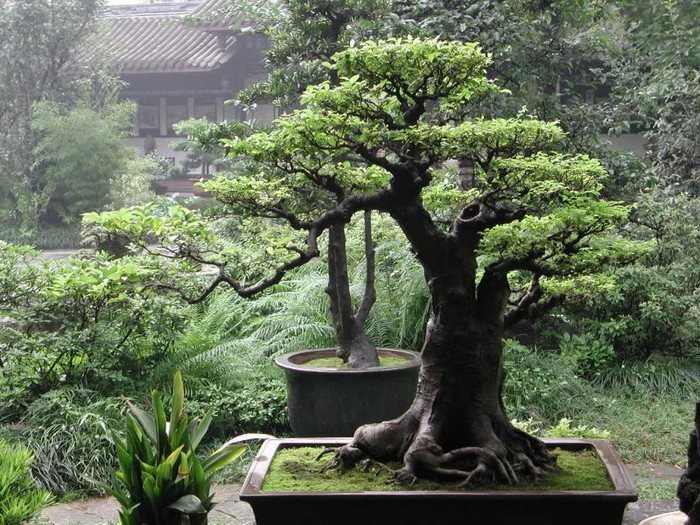
Ficus
The usual ficus can be turned into an exquisite bonsai. Miniature by nature, these plants lend themselves perfectly to manual shaping, and are also able to reveal all the beauty inherent in them thanks to their aerial roots.
This option is suitable for beginner gardeners and those who are just starting to get acquainted with the art of bonsai. This culture feels good in open ground, so it is suitable for planting on your own plot or for creating a greenhouse. The main feature of ficus bonsai is its ability to appear larger than its actual size. Thanks to this, the plant creates a visual illusion of splendor and splendor.
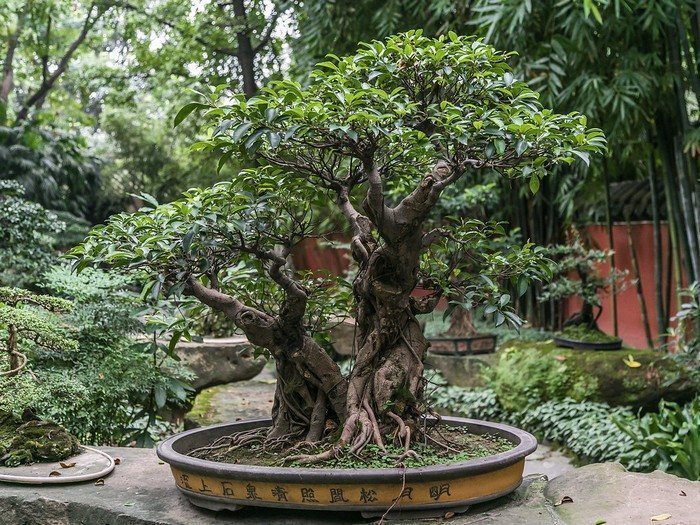
Azalea
The azalea bonsai is a sophisticated and sophisticated tree for gardeners who appreciate oriental culture. It is best to plant the plant in sunny areas. This culture is distinguished by lush flowering, which will delight the eye and delight with its bright lavender or purple color. The numerous inflorescences of the shrub look like roses, which create a round crown. The azalea miniature is popular not only in Japan, but throughout the world.
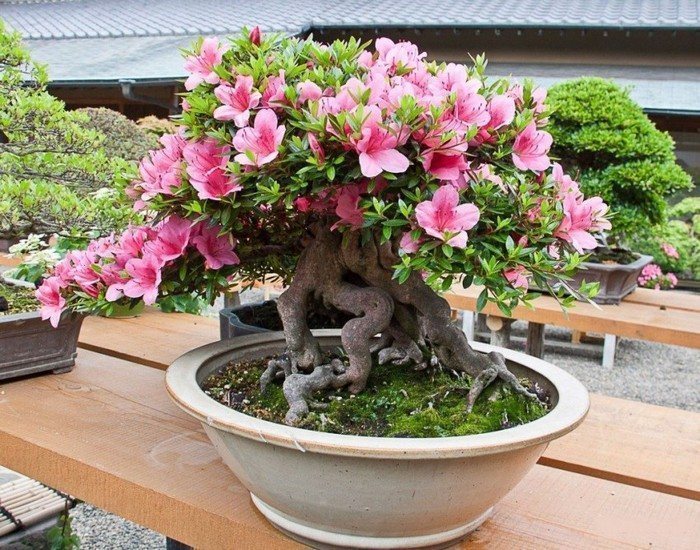
Anyone can grow bonsai on their property. However, the Japanese art of tree shaping requires a lot of time and effort. Nevertheless, the result from the long-term formation of the plant pays for the resources expended.



